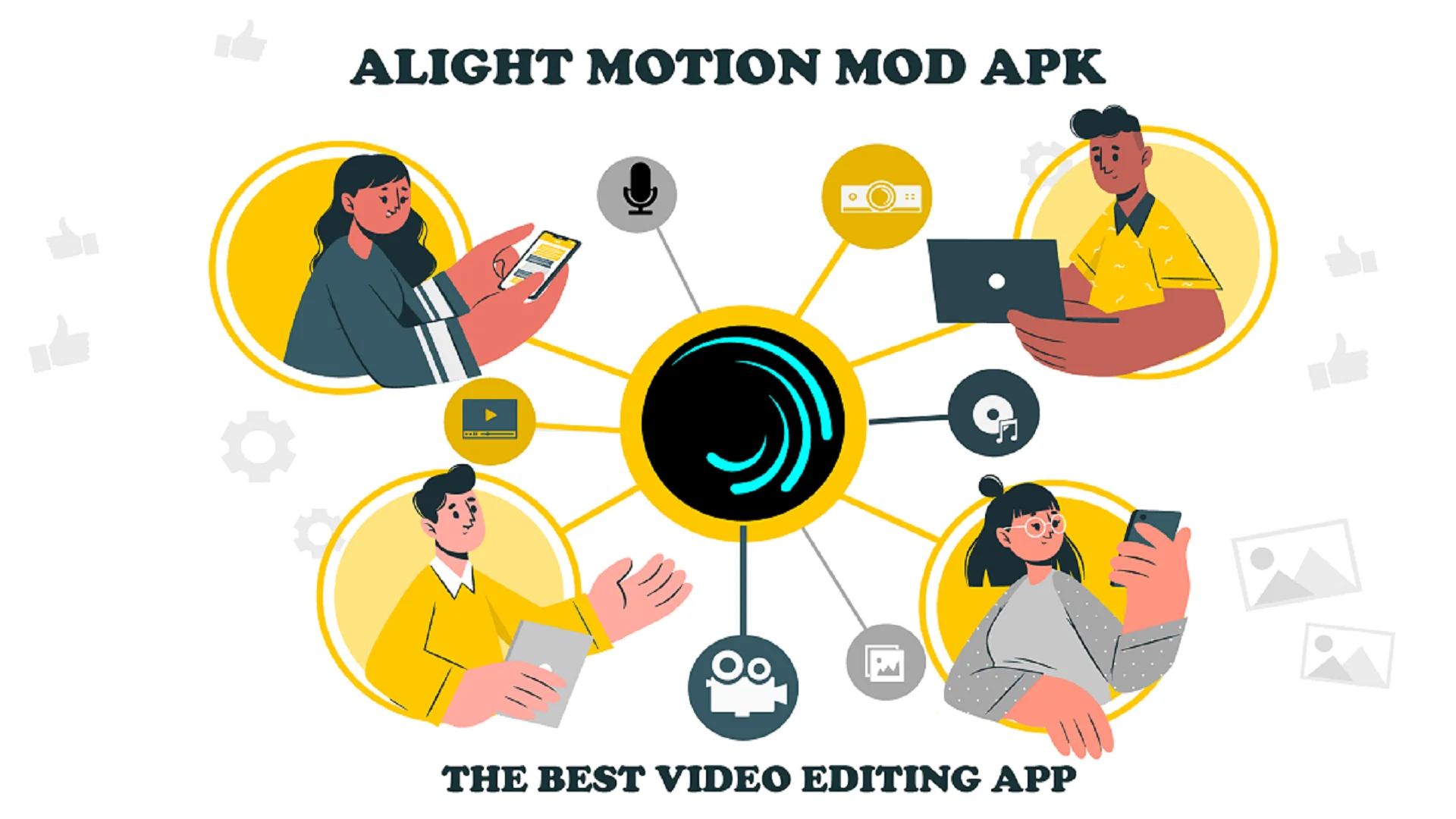Your cart is currently empty!

The AI Dilemma: Are We Raising a Generation That Can’t Think for Themselves?
Are we raising a generation that relies too heavily on AI and can’t think for themselves? Explore the AI dilemma and its impact on critical thinking skills.
As I think about artificial intelligence’s impact, I face a big question. The AI dilemma makes me wonder if it’s affecting the younger generation. It asks if too much AI use in schools will stop kids from learning to think for themselves.
This worry isn’t just about schools. It’s about the future of our world. So, we must look closely at how the AI dilemma affects kids who are growing up with AI.
The kids growing up with AI are at the heart of this issue. It’s key to think about how AI will shape their minds. I’ll look into how too much AI might hurt their ability to think critically.
The AI dilemma is a big problem. We need to pay attention to make sure kids can think well, even with AI around.
Table of Contents
Key Takeaways
- The AI dilemma raises concerns about the impact of AI on critical thinking skills in children.
- Over-reliance on AI may hinder the development of critical thinking skills in the younger generation.
- The AI dilemma affects not only the education system but also the future of our society.
- It is essential to consider the implications of the AI dilemma on the generation growing up with AI.
- Critical thinking skills are necessary for the generation growing up with AI to succeed.
- The ai dilemma requires attention to ensure the development of critical thinking skills in children.
Understanding the Modern AI Landscape
Artificial intelligence has changed our lives a lot. It affects how we interact, work, and learn. It’s important to think about how AI impacts young people’s minds and learning.
AI in schools has brought new ways to learn. But, it also brings challenges we need to face.
Looking at how young people use AI, I see a big change. They use tech more for solving problems and thinking critically. AI can help in learning, but we must balance it with thinking on our own.
By teaching young people to think critically and creatively, we help them understand the world better.
Using AI too much can lead to problems. These include less focus, more screen time, and less face-to-face interaction. We need to find a healthy balance in using technology.
This balance helps young people stay healthy and creative. It prepares them for a world where tech is everywhere.
Here are some ways to promote healthy AI use in young people:
- Limit screen time and encourage physical activity
- Support face-to-face interaction and social skills
- Use interactive learning to boost critical thinking and problem-solving
By understanding AI’s good and bad sides, we can use technology wisely. This way, we help young people think independently and creatively.
My Journey Observing AI’s Impact on Young Minds
Reflecting on my time with the younger generation, I see AI’s big role in their lives. The effect of AI on youth development is complex. AI can boost skills like problem-solving and critical thinking. But, too much AI can stifle creativity and original ideas.
AI can help or harm kids’ minds, depending on its use. AI tools can offer tailored learning experiences. Yet, too much AI can make kids less active and less social, which are key for youth development.
To find a balance, we need to teach healthy AI habits. This means setting screen time limits, encouraging physical activity, and doing activities that improve fostering cognitive skills. By doing this, we help the next generation grow strong in a world filled with technology.
The Hidden Costs of AI Dependence
As we face the AI dilemma, we must think about the downsides of relying too much on artificial intelligence. Today’s youth grow up with AI all around them. This can affect how their brains develop, mainly their ability to think critically.
Studies show that too much AI use can make people worse at solving problems. AI gives quick answers, making us less likely to think for ourselves. It also weakens our memory skills, as AI does tasks like math and storing data that we used to do.

Another big issue is that AI dependence can make us less creative and original. When AI comes up with ideas, it can block our own creativity and innovation. To fight this, we need to teach the next generation to think critically and solve problems, even with AI around.
Signs Your Child May Be Over-Reliant on AI
As a parent, it’s key to spot when your child leans too much on AI. The technology impact on youth is big, and we must push for independent thought. Encourage your child to think outside the box and solve problems on their own.
Signs of too much AI use include always asking virtual assistants for help, having trouble with homework without AI, and not knowing how to research. To fix this, try making device-free time, doing activities that make them think, and encouraging them to ask and learn.

Knowing these signs and taking action can help your child have a good relationship with AI. It’s about finding a balance between using AI and thinking for themselves. This balance is key for dealing with the technology impact on youth.
- Encourage device-free time to promote creativity and problem-solving skills
- Engage your child in activities that promote critical thinking, such as puzzles or brain teasers
- Encourage your child to ask questions and explore their curiosity
By doing these things, you can build a strong base of independent thought and critical thinking in your child. These skills will help them face the technology impact on youth with confidence.
The AI Dilemma: Are We Raising a Generation That Can’t Think for Themselves?
Looking into the AI dilemma, we see its big impact on today’s generation and its future. The more we use AI, the less we think for ourselves. This can make us worse at solving problems and being creative.
Too much AI use can make us lose our critical thinking skills. We start to rely too much on tech for answers. This could hurt our society by reducing innovation and productivity. We need to find a balance between using technology and thinking on our own.

Experts say we need a big plan to solve the ai dilemma. We should teach critical thinking in school and use AI wisely. This way, the next generation can handle an AI world well.
Here are some ways to boost critical thinking:
- Encourage open discussions and debates
- Give chances for hands-on learning and trying new things
- Teach how to understand and check information
By using these methods and understanding AI’s societal implications, we can raise a generation ready for an AI world. They will keep their critical thinking skills sharp.
Balancing Technology and Independent Thought
As we face the digital age challenges, it’s key to think about how tech affects youth. Technology brings many benefits, but we must make sure it doesn’t block critical thinking growth. It’s important to help young people develop their thinking skills for their future.
To find a balance, we should encourage young people to think for themselves and solve problems. We can do this by giving them chances to solve puzzles, brain teasers, and debates. Parents and teachers also play a big role by showing good tech habits and pushing kids to think on their own.
Here are some ways to balance tech and brain development:
- Setting limits on screen time
- Encouraging physical activity and outdoor play
- Providing opportunities for social interaction and face-to-face communication
- Engaging in activities that promote critical thinking and problem-solving skills

By using these strategies, we can help young people grow the skills they need for the digital age. This way, we ensure the next generation is ready to succeed in a changing world. Finding a balance between tech and independent thought is essential.
Strategies for Fostering Critical Thinking in the Digital Age
As we explore the digital world, it’s key to think about how technology impacts youth. It shapes their ability to think on their own. To boost critical thinking, we need to make a space for independent thought and analysis.
To do this, we can use several strategies, including:
- Creating tech-free learning areas for face-to-face talks and hands-on projects
- Stimulating curiosity with open-ended questions and talks
- Offering practical tasks to sharpen analytical skills, like puzzles and games
These methods help kids develop critical thinking and informed decision-making in the digital world.
As guardians and teachers, we must equip kids with the tools for success in a fast-changing world. By encouraging critical thinking and independent thought, we empower them to face digital challenges and become active learners.
The Role of Parents and Educators
As we face the challenges of youth development in the AI era, parents and educators are key. They help build cognitive skills and encourage independent thinking. A supportive environment that boosts critical thinking and problem-solving is vital. This helps counter the effects of AI on young minds.
Active learning strategies, like hands-on activities and real-world examples, are effective. They help kids grasp complex ideas and think outside the box. For example, parents can use puzzles, brain teasers, or debates to sharpen analytical skills.
Teachers also have a big role in shaping young minds. They can include AI topics in their lessons, focusing on its ethics and impact. This way, students get a balanced view of AI’s benefits and drawbacks.
Parents and educators should consider a few things:
- Start open talks about AI’s risks and benefits.
- Give kids chances to solve problems and think critically.
- Keep up with AI research and its effects on youth.
Together, parents and educators can prepare the next generation. They can equip them with the skills to handle a world where AI is common. This way, they can face AI’s societal impacts wisely and well-informed.
Building Digital Literacy Without Sacrificing Creativity
As we face the digital age challenges, it’s key to think about how technology affects youth. Teaching children to think critically is vital for their future. It’s important to find a balance between learning digital skills and keeping creativity alive.
Teaching kids to use AI wisely can boost their critical thinking. This makes them better at evaluating information. To promote digital literacy, we can:
- Encourage kids to question and think deeply about online info
- Teach them to check sources and spot biases
- Give them chances to be creative through writing, art, or music
By focusing on the whole child, we can prepare them for the digital world. This means teaching problem-solving, critical thinking, and creativity.
Thinking about digital literacy makes me realize it’s more than tech skills. It’s about understanding the world. By teaching critical thinking and creativity, we make kids ready for the digital age.
Success Stories: Finding the Right Balance
As we face the ai dilemma, it’s key to look at how others have balanced tech use with thinking for themselves. By studying what individuals and groups have done, we can learn how to boost critical thinking and brain growth in the next generation.
The technology impact on youth is a big worry. We must use tech in a way that helps kids think for themselves. For instance, using AI in school can teach kids to solve problems and work together. This prepares them for the digital world.
Some success stories include:
- Groups that use AI to make learning more personal
- Projects that teach critical thinking without tech
- Efforts to teach the ai dilemma and smart tech use to the next generation
By studying these successes and applying their ideas, we can find a balance. This will empower the next generation to think deeply and handle the digital world’s challenges.
Conclusion: Empowering the Next Generation to Think Independently
As we conclude our journey into the AI dilemma and its effects on youth development, a delicate balance is needed. AI technology has changed our lives, but we must ensure our generation keeps critical thinking and independent thought alive.
Studies and expert views have shown the risks of relying too much on AI. These risks include weaker problem-solving, memory, and creativity. This is a serious issue that we must address. But, the answer isn’t to avoid technology. Instead, we should teach our kids to use it wisely and grow their natural thinking skills.
We, as parents, teachers, and leaders, have a big job ahead of us. We must create a space that supports youth development and cognitive skills. By mixing digital skills with hands-on learning, setting aside tech-free areas, and encouraging curiosity, we can prepare the next generation for an AI world.
The journey ahead won’t be simple, but it’s too important to overlook. We must work together to help our children become independent thinkers, problem-solvers, and creative minds. These qualities will help us live in a world where humans and technology work together smoothly.
FAQ
What is the AI dilemma and how is it affecting the younger generation?
The AI dilemma is a worry that too much AI use might hurt kids’ critical thinking. As AI gets better and more common, kids might rely too much on it. This could make them less good at solving problems, remembering things, and being creative.
How is AI being integrated into education and youth culture?
AI is now a big part of school and young people’s lives. It’s in learning tools, virtual helpers, and more. But, it can help or hurt kids’ brains, depending on how it’s used.
What are the possible downsides of relying too much on AI?
Relying too much on AI could make kids worse at solving problems and remembering things. It might also make them less creative and original. Kids might stop thinking for themselves if they always use AI.
How can parents and educators encourage critical thinking and independent thought in today’s digital world?
Parents and teachers can help by: 1) making tech-free learning areas, 2) encouraging curiosity and problem-solving, 3) teaching how to use AI wisely, and 4) keeping human connections strong. It’s key to balance tech use with thinking for oneself.
What are some success stories of individuals and organizations that have found the right balance between technology and independent thought?
Many people and groups have found a good balance between tech and thinking for themselves. Schools have started programs to boost critical thinking. Parents and teachers have also found ways to use tech while keeping learning independent and creative.


